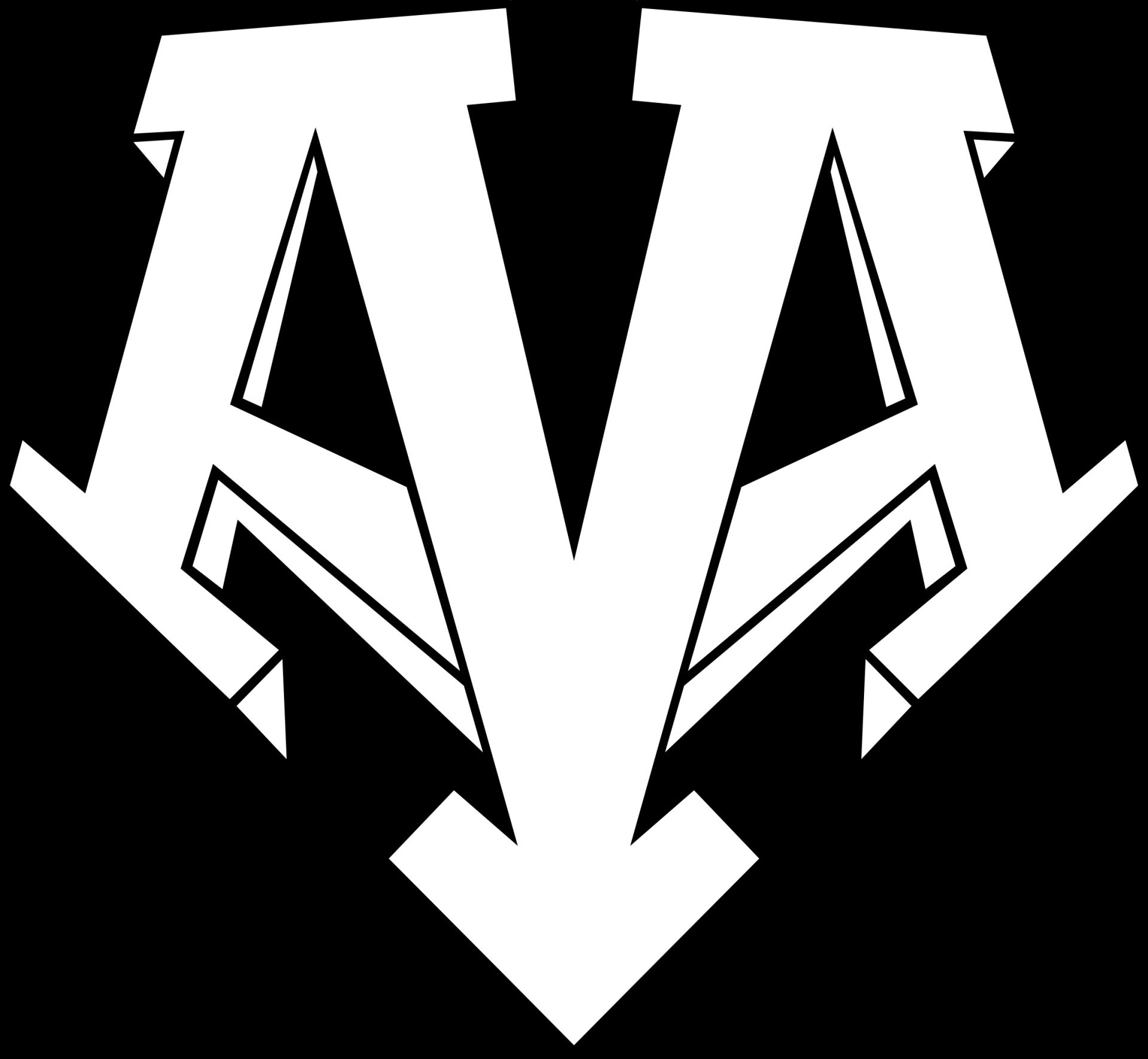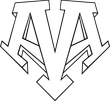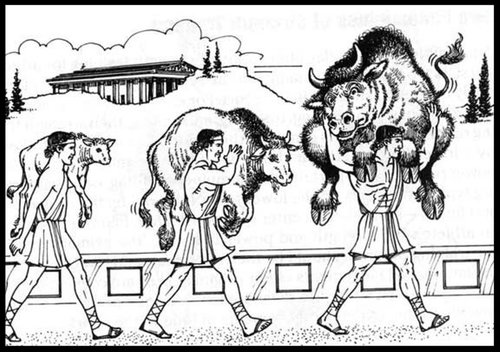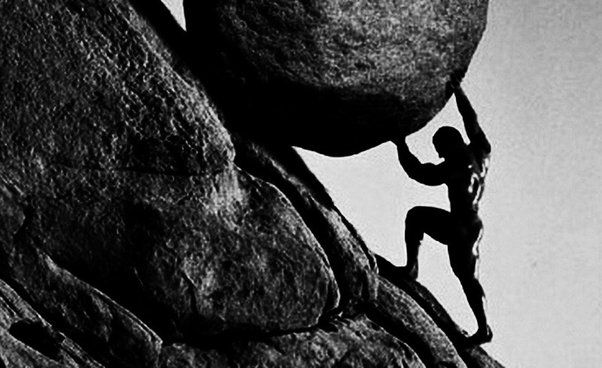Goal Setting
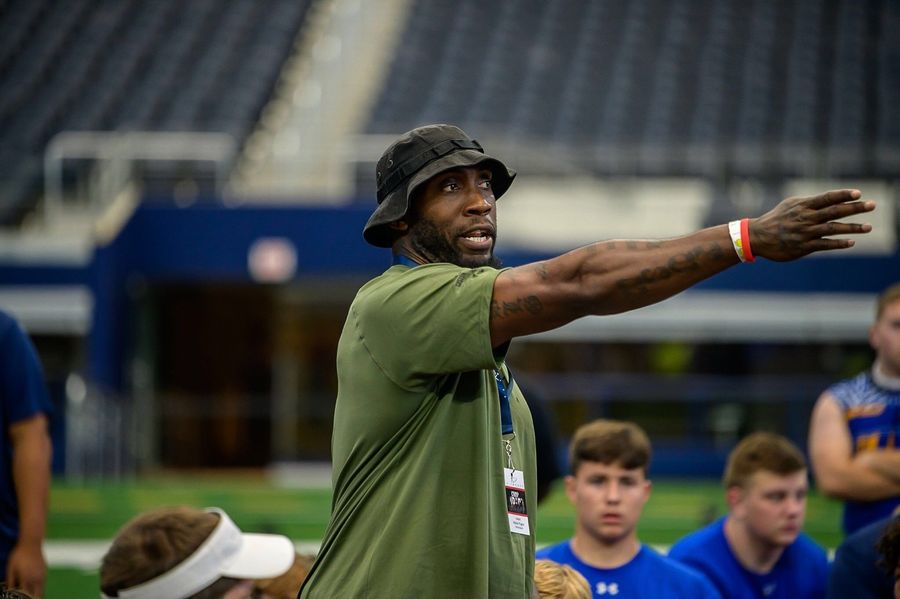
"Vision without action is a daydream. Action without vision is a nightmare." ~ Japanese Proverb ~
Training vs working out
Often people confuse activity with productivity. Going to the gym and doing a set of curls while you try to figure out what you want to do that day is an example of working out. Usually there isn't any structure and you are just passing time so that you could say "I went to the gym today" but what did you actually accomplish? What was the end goal?
Training is associated with goal setting and a plan of action to achieve those goals (structure). In a training program, the objective is clear and a specific regimen is created to guide you in completing the mission. While setting goals, 3 factors need to be considered to ensure mission success:
- Start with what: What is the mission?
- Find your why: Why do you want to complete this mission?
- Plan the how: How do you plan on completing this mission?
Understanding Programming
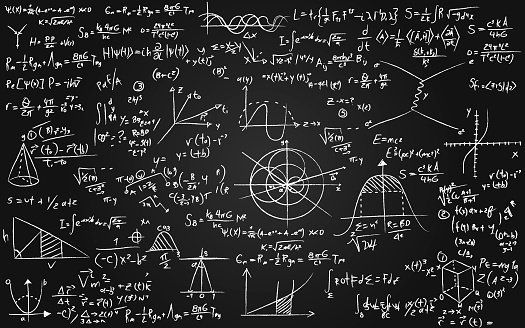
"If you can't explain it simply, you don't understand it well enough" ~ Albert Einstein ~
map to success
Your program should be specifically designed to help you reach whatever goals you have communicated with your coach. Knowing the long term goal, benchmarks should be established in your programming as indicators of progress in your training. If you started with a bench max of 135lbs and 12 weeks later your bench max is still 135lbs, that's a problem. If your coach DOES NOT have a program for you...RUN! You should have some sort of way to track your progress. If your coach CANNOT explain why you are doing something in your program...RUN! He/she may have "borrowed" the idea from someone else and thought it was cool without understanding the purpose behind it.
the foundation of every program
There should be a timeline set for obtaining your overall goal and timelines set for benchmarks as well. The goal for coaches SHOULD BE to educated their athletes/clients in everything they are doing so that upon completing the mission, they should no longer need assistance. The training age of the athlete/client will determine the complexity of the program. If you are doing high level plyometrics (jump training) without first learning how to properly land or without first doing low level jumps, that's a problem. Starting at a base level and progressing exercises accordingly will reduce the risk of injury and develop a solid foundation of strength which you can build upon. Simply put, the goal of each training program is:
- Reduce the risk of injury
- Improve performance
- Complete the mission
Food is Fuel

"Thou shouldst eat to live; not live to eat" ~Socrates~
There isn't anything wrong with treating yourself every once in awhile but keep in mind that food has a purpose in our bodies and lives. This section will lightly cover nutrition and help you understand why it is important for your training goals.
what are macronutrients?
Simply put, macronutrients are nutrients our body needs in large amounts which gives us energy and helps us function properly. There are 3 main macros and each have their own specific functions:
- Proteins - Comprised of amino acids, proteins are responsible for the growth, maintenance and repair of muscles (along with a variety of other bodily functions. We are trying to simplify things here.)
- Carbohydrates - Primary source of energy in the body, carbs are broken down into glucose which the body uses as fuel.
- Fats - Also a source of energy, fats aid is insulating and protecting, regulating and signaling, and absorption of some nutrients (vitamin D for example).
This is NOT a nutrition class and these macronutrients have much deeper layers. Carbs can be divided into simple and complex carbs. Fats can be broken down into: saturated, trans fats, unsaturated (mono and poly), etc...You can go a step further and discuss long chain vs medium chain triglycerides. You now have a base to build upon.
reading food labels
We see the total calories on food labels and may not understand what we are looking at. Quick breakdown which will help you make better food choices in the future.
- Protein 1g = 4 calories
- Carbs 1g = 4 calories
- Fat 1g = 9 calories

Using the information above allows us to break down this food label. 10 total grams of fat yields 90 calories (10g x 9cal/g = 90 calories), 12 total grams of carbs yields 48 calories (12g x 4cal/g = 48 calories), and 13 total grams of protein yields 52 calories (13g x 4cal/g = 52 calories), giving us a total of 190 calories (90cal + 48cal + 52cal = 190cal). High protein foods should be the goal for both weight lose and muscle growth.
